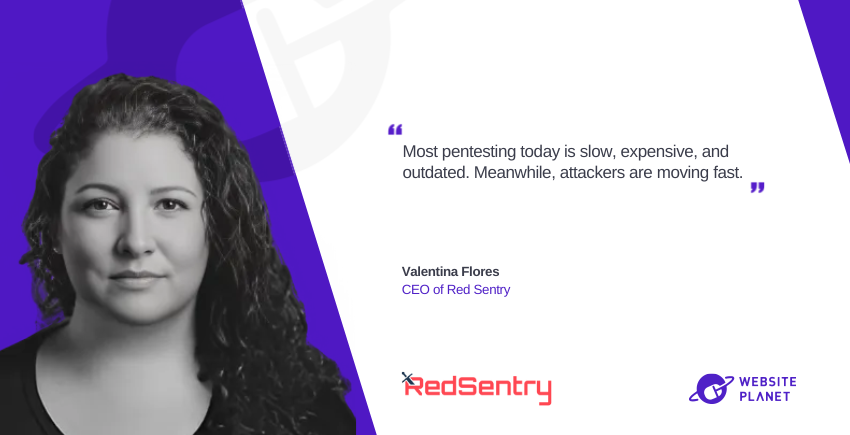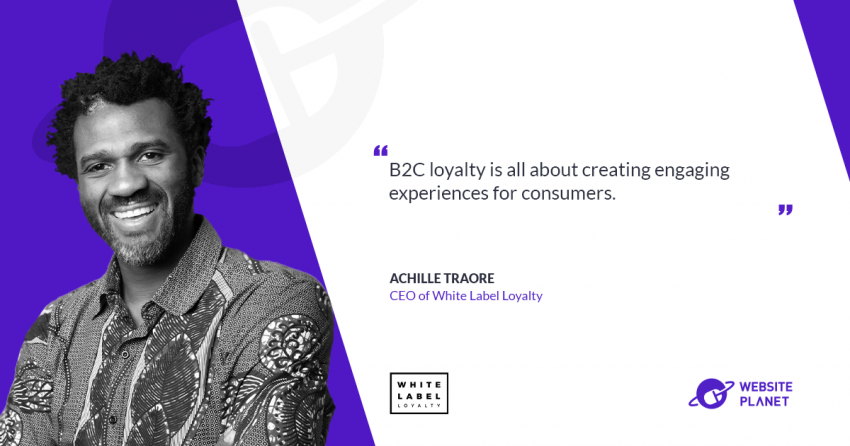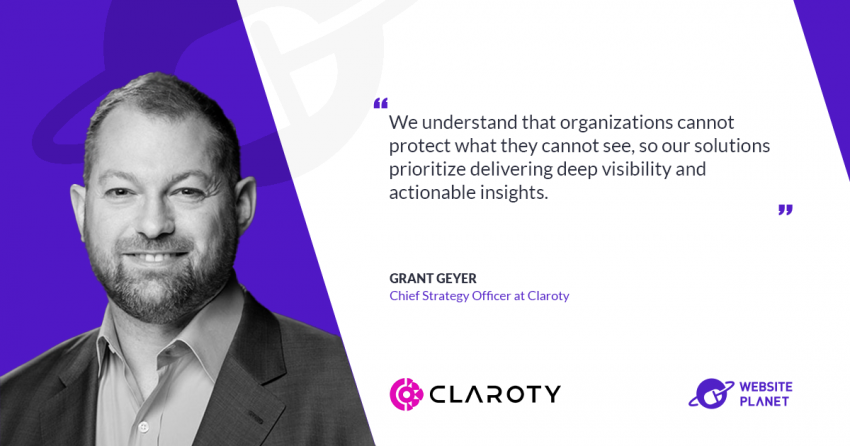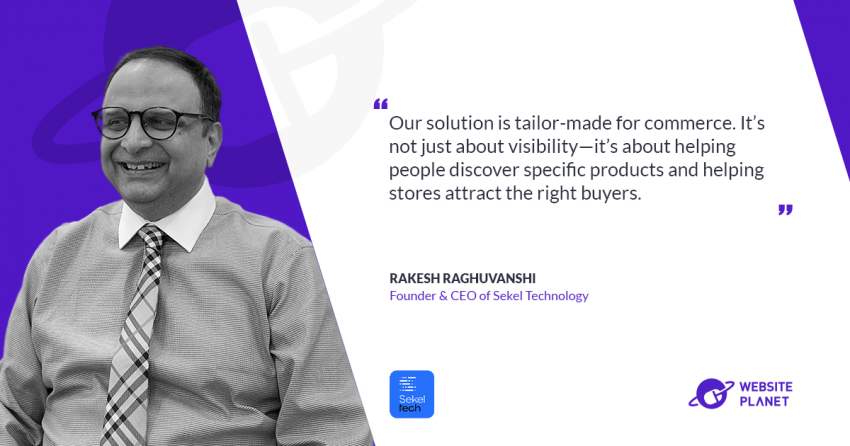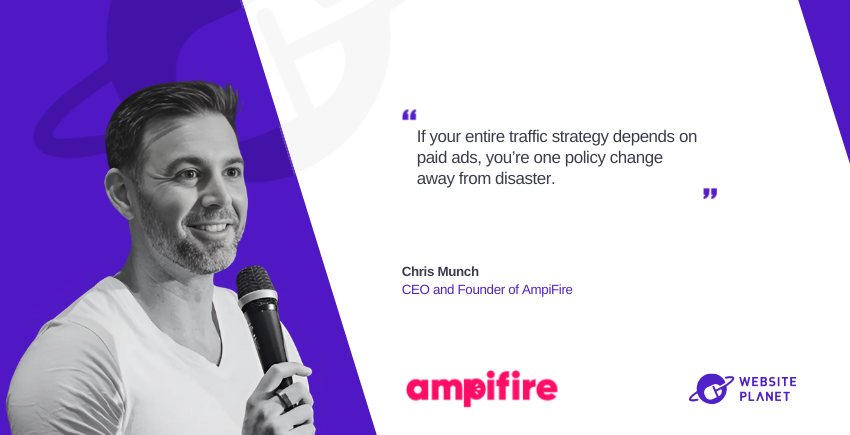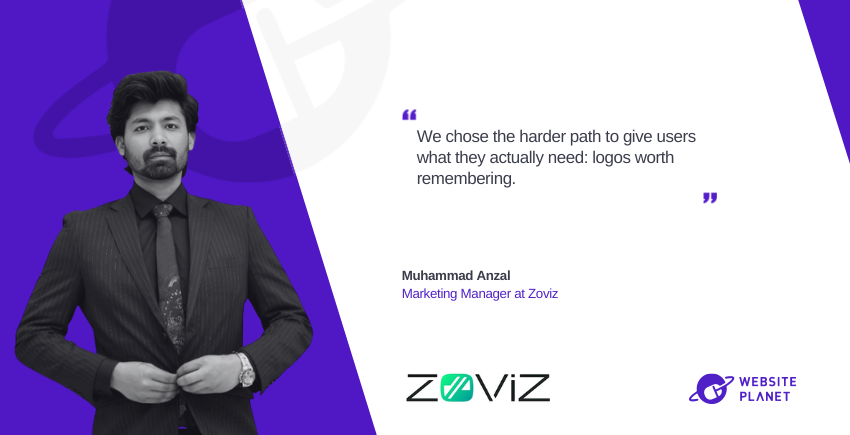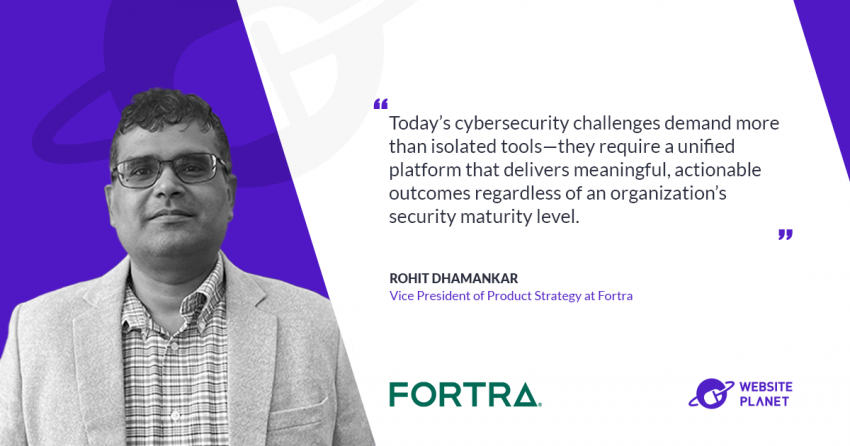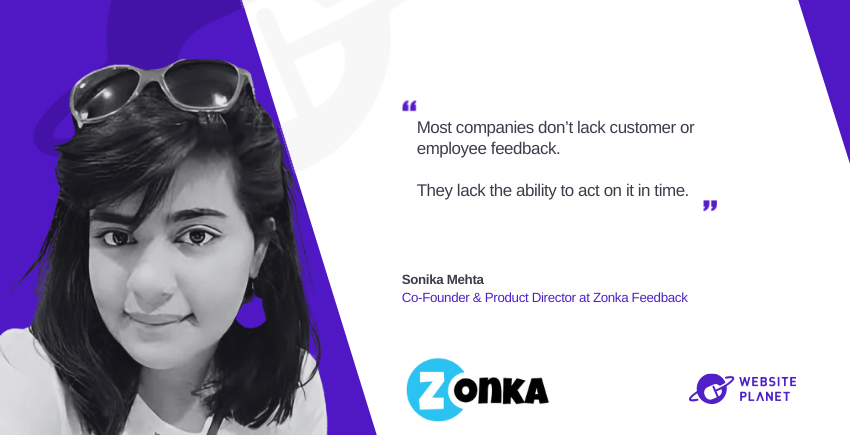Artificial intelligence continues to transform all industries, including the voice over industry, from automating the casting process to generating audio content directly from text.
In this interview, we sit down with David Ciccarelli, Founder and Chief Executive Officer of Voices, to discuss the impact of AI on the voice over industry and how it is changing the way businesses create audio content in their marketing campaigns.
Read on to learn how voice actors and business owners can work together to build powerful branding,
successful podcasts, and online marketing campaigns.
How did Voices start, how has it evolved over time, and what is your mission?
Voices started out as an idea that my wife, Stephanie and I wrote down on a napkin at the kitchen table. At the time, I owned a recording studio, and Stephanie was a trained singer doing voice over work. We both recognized the opportunity to create a small website to feature her abilities. That website soon attracted dozens of freelance voice talent, while at the same time, video producers who were in need of a professional voice over found the site and hired one of the talented voice actors.
The past couple of decades have been a whirlwind–we’ve gone from working out of the living room in our apartment, to becoming the leading online voice marketplace. It’s incredible to think that the Voices community, including clients and voice talent, spans over 160 countries and provides voice over work in over 100 languages. Today, there are over 3 million people registered on the platform.
From day one, our mission has been to create the ultimate destination that connects people with the right voice to bring their words to life. We aim to create an effortless experience for those looking to hire a professional voice actor.
We’re also proud to be a platform where aspiring talent can showcase their abilities and have access to educational resources to further their career. Each year, we publish hundreds of articles, how-to guides, audio podcasts, and even have a community of voice coaches who prepare the next generation to be successful in their career.
Can you give us an overview of the toolstack used to build, maintain and promote voices.com?
The team at Voices works closely together to make sure we give our users the best experience possible.
We use a variety of tools day-to-day to manage the website, build new products and features and work collaboratively. To manage the website, we use WordPress for the blogs, podcasts and many of the pages on what we call the marketing site. To understand how people are using the website, we learn from Google Analytics, Heap and Hotjar feedback. Then, to build new products and services, we organize our work in Asana while the developers use Jira and document everything in Confluence. With a platform that’s used by millions of people each year, we manage those relationships in Salesforce and look to communicate with our members using Hootsuite and Pardot. It’s a technology stack that we’ve found to be the most effective for our business and each tool, in its own unique way, has been instrumental in our growth.
What is the process for hiring VOs on Voices, and how does your proprietary technology help with that?
Voices is an online marketplace – meaning that voice talent who serve as the “supply side” of the marketplace create a profile to market their services, that clients can then purchase. Clients, who are the “demand side” of the marketplace are also able to post jobs that talent can then audition for. After reviewing auditions, clients choose the best fit for the role.
One element that helps with hiring is our VoiceMatch function. VoiceMatch is our algorithm that matches clients with the most qualified talent for their job, and conversely, invites talent to the jobs best suited to their skills. VoiceMatch analyzes a voice talent’s demos and portfolio samples and also their performance, meaning those areas where they’ve been hired for before. In short, a talent’s past success is a strong indicator of their future success. On the client’s end, the algorithm will use keywords and fields from a job posting and correlate it with data from the talent profile. This helps the client see recommendations that are most relevant to the job posted and present auditions in what we believe to be “best matched.”
What advice do you have for marketers looking to utilize voice acting for their campaigns, and what mistakes should they avoid?
Our 2023 Annual Trends Report predicts this year, the audio advertising space will only continue to grow, especially as consumers lean into embracing “audio routines” into their day-to-day.
One key finding from our trends report was that audio quality is essential to create an engaging experience. A really interesting study by the University of Southern California and Australian National University found that the audio quality of a podcast impacted how credible listeners perceived the speaker to be.
When it comes to incorporating voice over in marketing, marketers should strive to ensure that the voice over is very high in quality, as not doing so could jeopardize the authority of the brand. In addition to audio quality, voices used should be authentic, engaging, and emotionally resonating. Prioritizing these pillars is key to developing a long term relationship with audiences.
Can you share any success stories of businesses that have used Voices?
We have a number of clients with success stories on Voices, which we’ve compiled on our client success page
. A great example of a success story is our partnership with Memory Tree, a full service video production and digital marketing agency. We’ve worked with Memory Tree on a number of projects to connect them with the perfect voices to tell their clients’ stories.
A while back, when they were working on a project for Auto Trader to produce a video on the company’s new secure payment feature, Memory Tree sourced their voice over narration for the video through Voices. The final result was a 60-second spot comprehensively explaining the new payment system, which ended up receiving the 2020 Communicator Award for Excellence in Film/Video Direct Marketing.
Memory Tree produces approx. 2,000 projects annually–we’re very happy to have a longstanding relationship with them and to hear that our high-quality talent pool has helped with their workflow.
How do you think the role of voiceover artists will change with the rise of AI, And How can they adapt to this revolution?
Having witnessed the evolution of the audio industry over the past 2 decades, I don’t believe AI will threaten the role of voice over artists. The rise of AI presents many opportunities for collaboration with organizations using this technology, opportunities that voice over artists might not have realized.
One instance worth noting is the use of professional voices from which AI voice models can learn from. As we see companies expanding their use of AI voice, a human voice to learn from becomes a valuable resource, and voice over artists should aim to see how they can participate in this market.
Lastly, any exciting projects or partnerships that Voices is currently working on?
We’re always looking for ways to spotlight and award our talent. One project we’re currently working on is building our Talent Achievement Program. We recently launched Top Talent Status on Voices. Top performing voice actors are now recognizable by the Top Talent icon on their profile, a designation that is earned through the completion of jobs and maintaining a four star rating. The badge appears on the voice actor’s profile and in search results, making it easier for clients to identify great talent when hiring. We’re planning on making additions to this program in the coming months, which is just another way to make hiring for jobs easier, and give greater recognition to talent.



